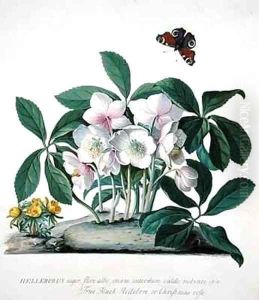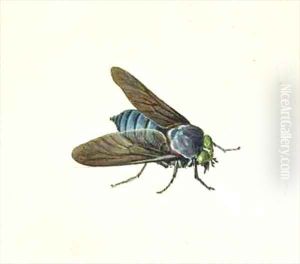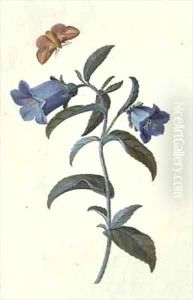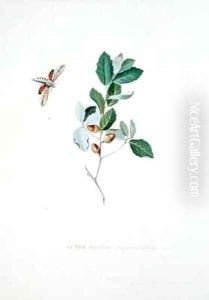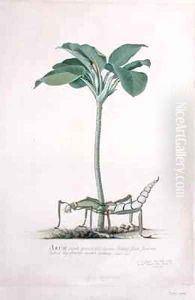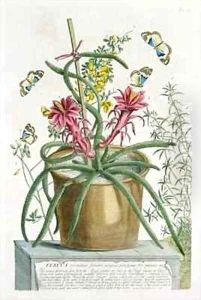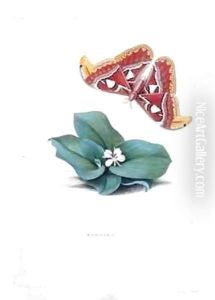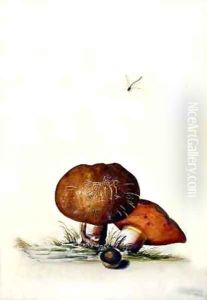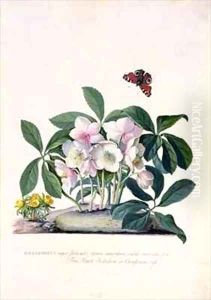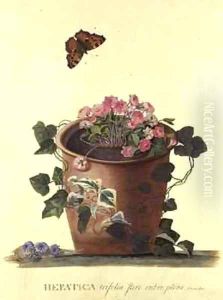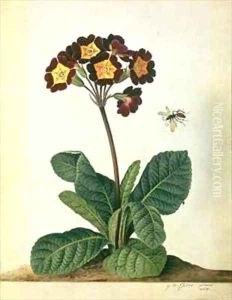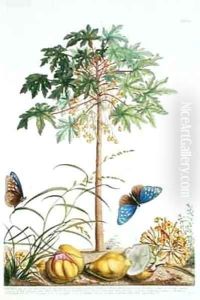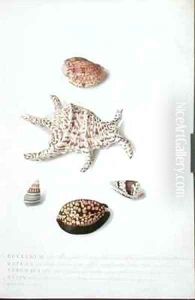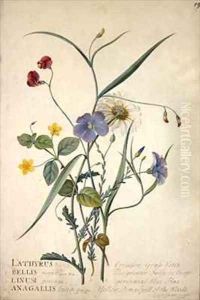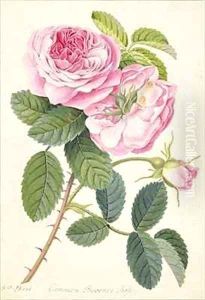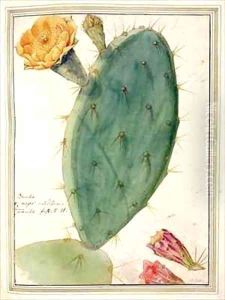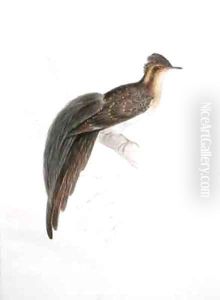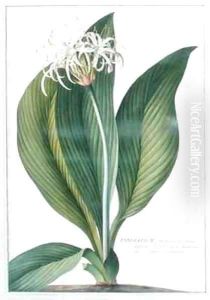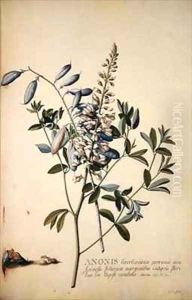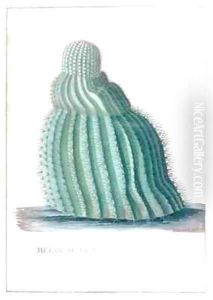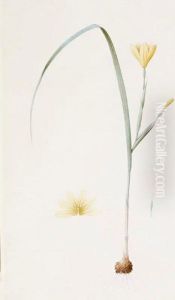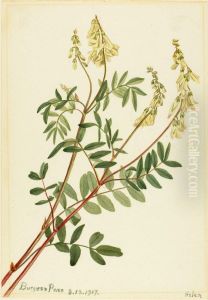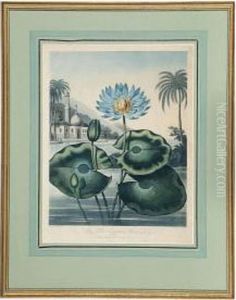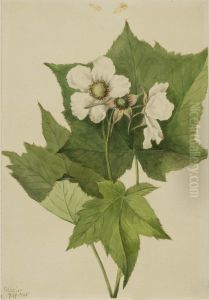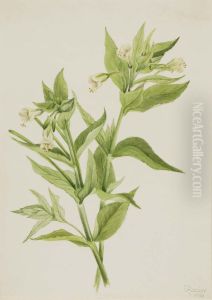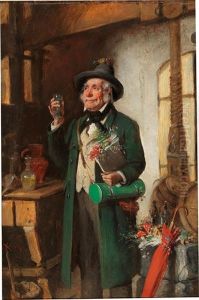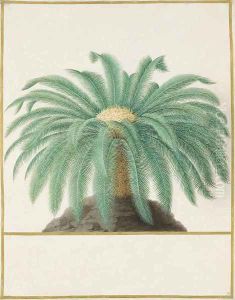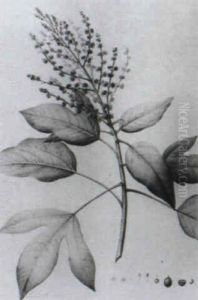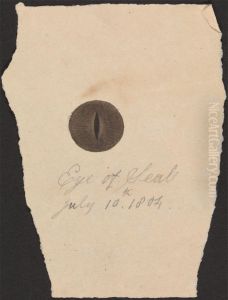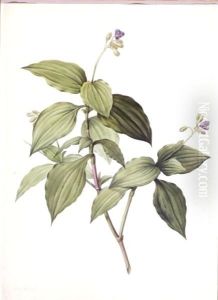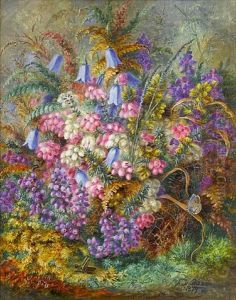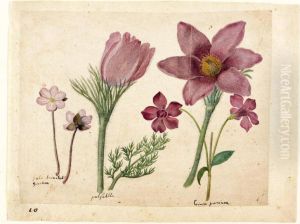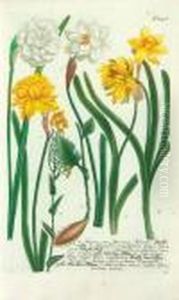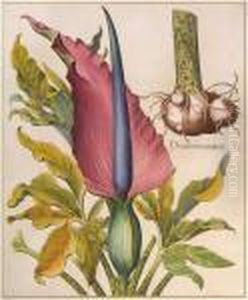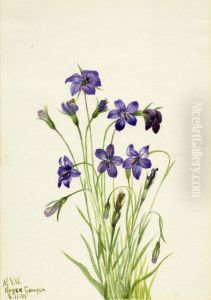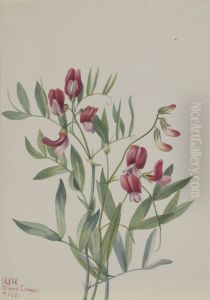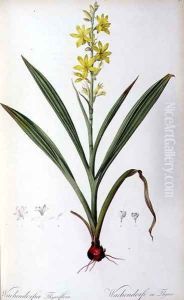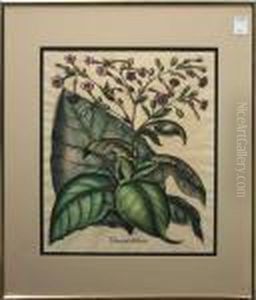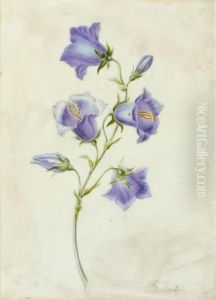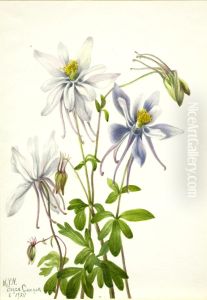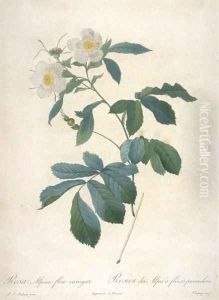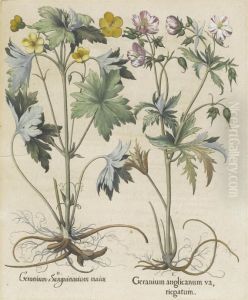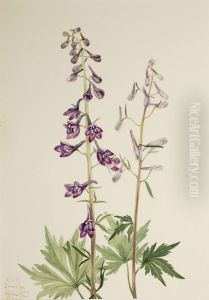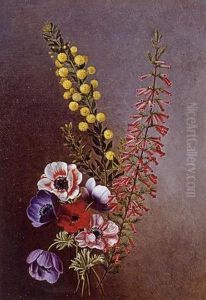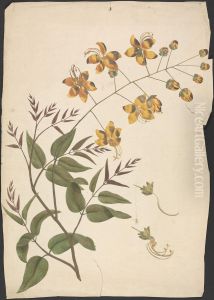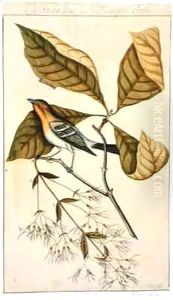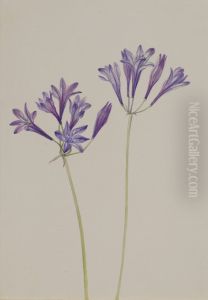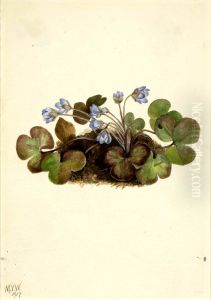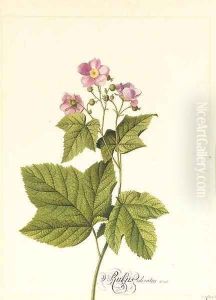





Rubus Odoratus (Japanese Anemone)
-
About Reproduction
Bring the timeless beauty of Georg Dionysius Ehret's Rubus Odoratus (Japanese Anemone) into your home with a handmade oil painting reproduction. Carefully recreated on canvas by skilled artists using traditional techniques, this piece captures the delicate brushwork, subtle light, and vibrant color of the original masterpiece. With museum-level quality and rich texture, it brings elegance and artistic depth to any space. Enjoy free shipping and make this masterpiece a part of your personal collection.
-
Original Description
Georg Dionysius Ehret’s Rubus Odoratus (Japanese Anemone) is a masterful botanical illustration that exudes delicate beauty and scientific precision. Painted in the mid-18th century during the golden age of natural history art, the work captures the intricate details of the flower’s soft petals and lush foliage with remarkable realism. Ehret, a renowned German botanical artist, was celebrated for his ability to blend artistic elegance with anatomical accuracy, a hallmark of the Enlightenment era’s fascination with the natural world. The painting’s muted yet vibrant tones—soft pinks, creamy whites, and deep greens—create a sense of tranquil harmony, while its meticulous line work reflects the artist’s scientific rigor. In art history, Ehret’s contributions bridged art and science, influencing both botanical studies and decorative arts. His works, including this one, remain emblematic of the era’s intersection of aesthetic refinement and empirical observation.
For a tasteful interior setting, Rubus Odoratus would serve as an exquisite focal point in a light-filled study, a calming bedroom, or an elegant office space. Its botanical theme pairs well with Scandinavian or French country decor, where its soft hues can harmonize with muted neutrals or pastel furnishings. Framed in a slim gold or antique white border, the artwork would enhance a minimalist space with subtle sophistication, while a larger format could anchor a gallery wall alongside other botanical prints. To amplify its serene mood, consider placing it near natural materials like linen, wood, or terracotta and complementing its palette with blush-toned accents or sage-green textiles. Whether displayed in a formal setting or a cozy corner, Ehret’s timeless illustration brings both grace and intellectual charm to any environment.
-
Lead Time & Shipping
When you order this oil painting replica, it typically takes 2-3 weeks to paint. If the artwork is more complex, it might need a little more time to ensure the best quality. Once it's ready, we'll send you a photo for your approval. After you give the green light, we'll ship it to you for free.
-
Return & Refund
We believe in the quality of our hand-painted oil painting reproductions, and your satisfaction is our priority. If for any reason, you are not completely satisfied with your purchase, we offer a 45-day return policy. You can return your artwork within 45 days of receipt and receive a full refund. Please note that the artwork must be returned in the original packaging and in the same condition as it was received.





















